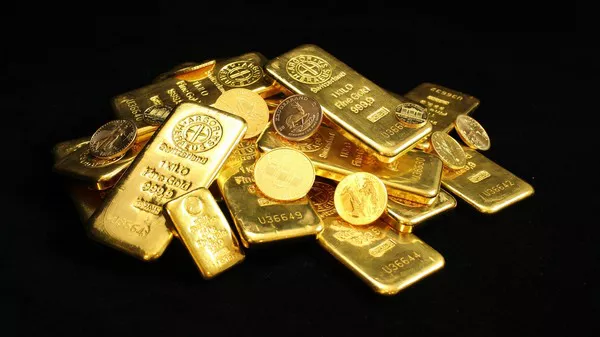Gold futures trading offers investors an opportunity to profit from price fluctuations in the gold market. As one of the most widely traded commodities, gold attracts attention from traders around the world. This article provides an in-depth analysis of the gold futures market, examining various factors that influence gold prices and offering insights into future trends. By understanding these factors and their potential impact, traders can make informed decisions when trading gold futures.
Historical Performance and Trends
Long-term price movements:
- Analyzing historical price data: Examine long-term price charts to identify patterns and trends in gold futures.
- Bull and bear markets: Understand the characteristics of bull and bear markets in gold futures and their implications for future price movements.
- Seasonality effects: Identify seasonal patterns that may influence gold prices, such as increased demand during festive seasons or periods of economic uncertainty.
Key Drivers of Gold Prices:
- Economic factors: Monitor macroeconomic indicators like inflation rates, interest rates, GDP growth, and currency movements that impact gold prices.
- Geopolitical events: Assess geopolitical developments, such as political unrest, trade disputes, and global conflicts, which can create uncertainty and affect gold prices.
- Investor sentiment: Evaluate investor sentiment towards gold as a safe-haven asset during times of market volatility or economic uncertainty.
Supply and Demand Dynamics
Gold Production:
- Mining output: Analyze global gold production trends and the impact of new mining projects, discoveries, and depletion of reserves.
- Production costs: Understand how changes in production costs, including labor, energy, and equipment, can affect gold prices.
Central Bank Policies:
- Gold reserves and sales: Monitor central banks’ actions regarding gold reserves and sales, as they can influence supply and demand dynamics.
- Monetary policies: Evaluate the impact of central bank monetary policies, such as interest rate decisions or quantitative easing programs, on gold prices.
Jewelry and Industrial Demand:
- Jewelry market trends: Study consumer demand for gold jewelry and its potential influence on gold prices.
- Industrial applications: Assess the use of gold in various industries, such as electronics and healthcare, and how changes in demand from these sectors can impact prices.
Market Sentiment and Technical Analysis
Sentiment Indicators:
- Commitment of Traders (COT) report: Analyze the COT report to gauge market sentiment among different categories of traders, such as commercial hedgers and speculators.
- Investor positioning: Assess the net long or short positions held by institutional and retail investors to understand their sentiment towards gold futures.
Technical Analysis:
- Chart patterns: Identify key chart patterns, such as support and resistance levels, trend lines, and moving averages, to spot potential price reversals or breakout opportunities.
- Oscillators and indicators: Utilize technical indicators like Relative Strength Index (RSI), Moving Average Convergence Divergence (MACD), and Stochastic Oscillator to confirm trends and generate trade signals.
Intermarket Analysis:
- USD correlation: Analyze the inverse relationship between the U.S. dollar and gold prices, as changes in the value of the dollar can impact the price of gold.
- Gold-to-oil ratio: Monitor the ratio between gold and oil prices to understand the interplay between these commodities and potential implications for gold futures.
Forecasting Techniques
Fundamental Forecasting:
- Economic indicators: Monitor upcoming economic data releases that can impact gold prices, such as GDP growth, inflation reports, and employment data.
- Central bank actions: Stay informed about central bank policies and statements that may signal changes in monetary policy and influence gold prices.
Technical Forecasting:
- Trend analysis: Use technical indicators and chart patterns to identify and confirm trends in gold futures.
- Fibonacci retracement and extension: Apply Fibonacci levels to identify potential support and resistance levels and project price targets.
Expert Opinions:
- Analyst reports: Consider the insights and forecasts provided by reputable financial institutions and analysts specializing in the gold market.
- Market commentary: Stay updated with market commentary from industry experts, including their views on future gold price movements.
Conclusion
Forecasting gold futures prices requires a comprehensive analysis of historical performance, supply and demand dynamics, market sentiment, and technical indicators. By understanding the various factors that influence gold prices and utilizing forecasting techniques, traders can make more informed decisions when trading gold futures. However, it’s important to note that forecasting is inherently speculative, and traders should exercise caution and conduct thorough research before making trading decisions.


